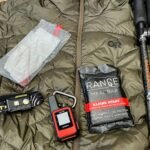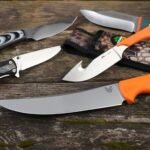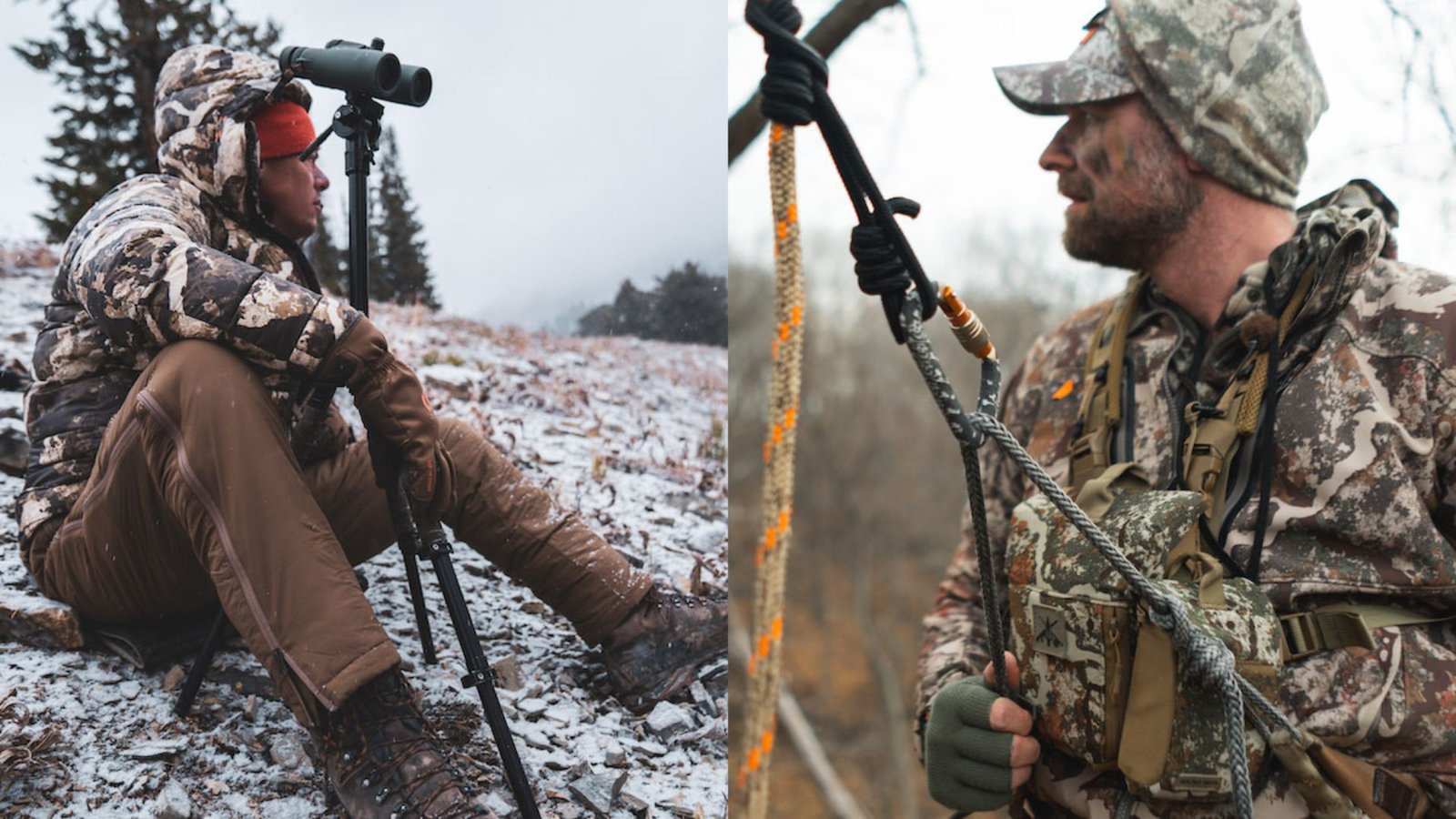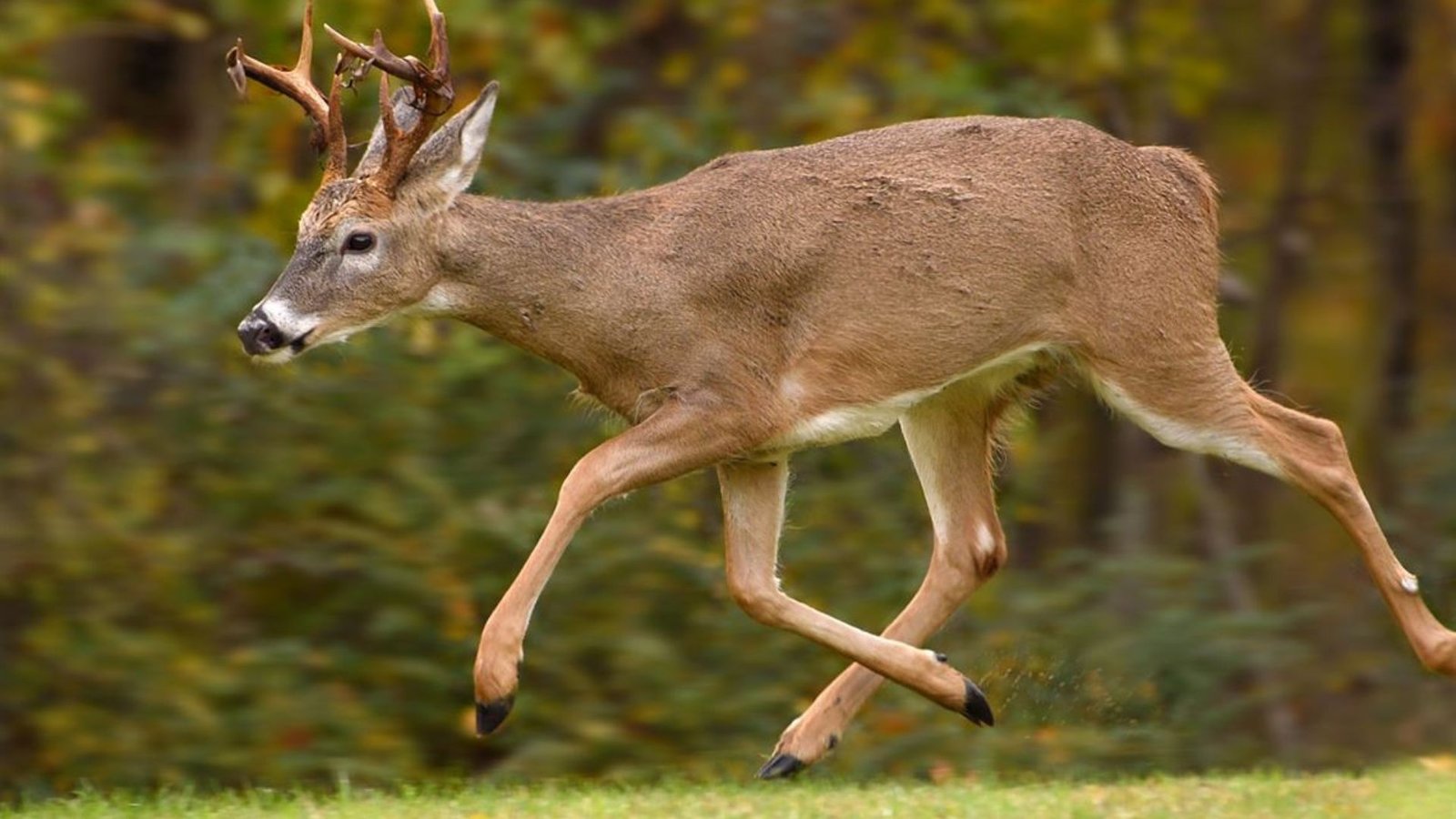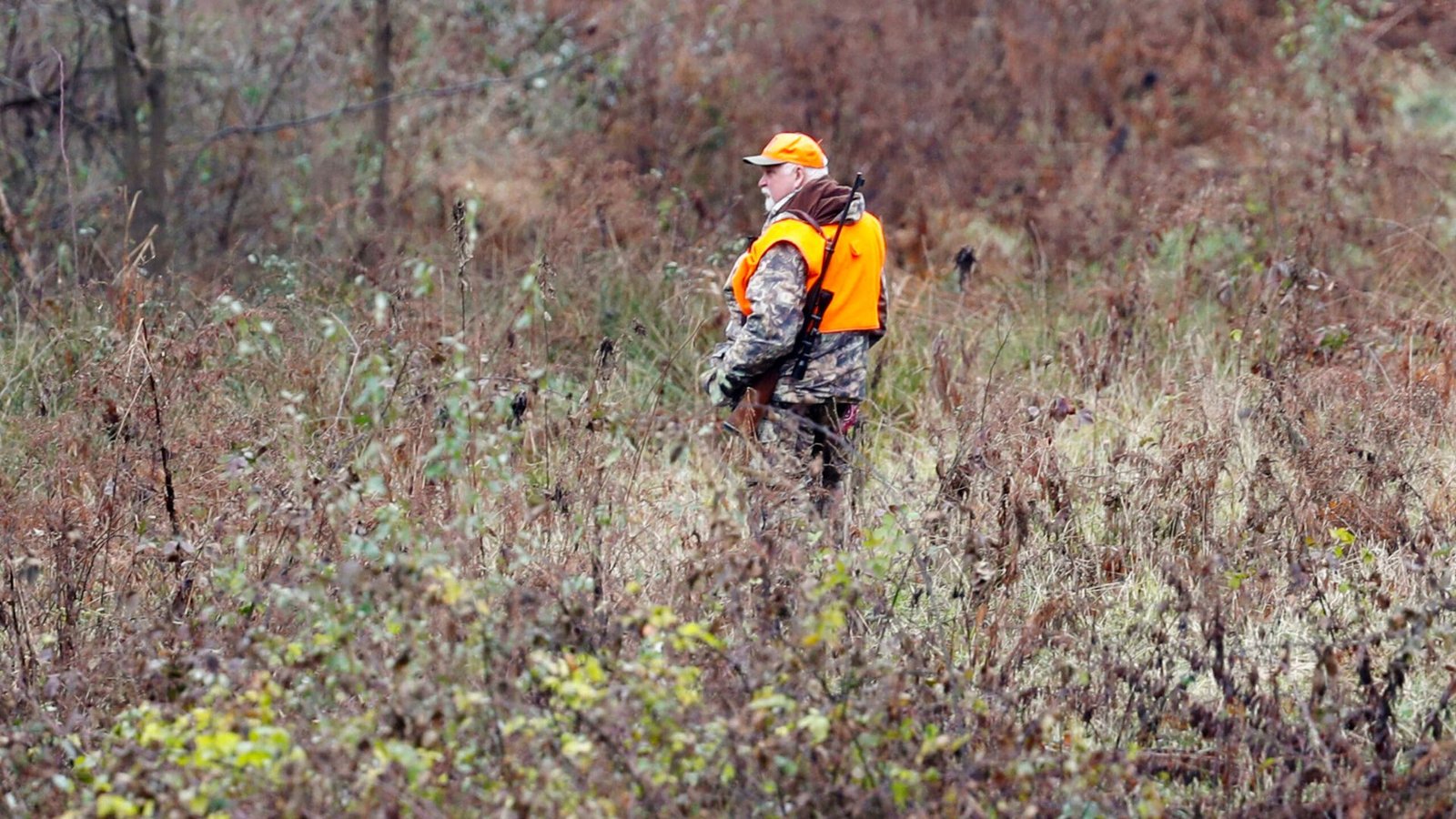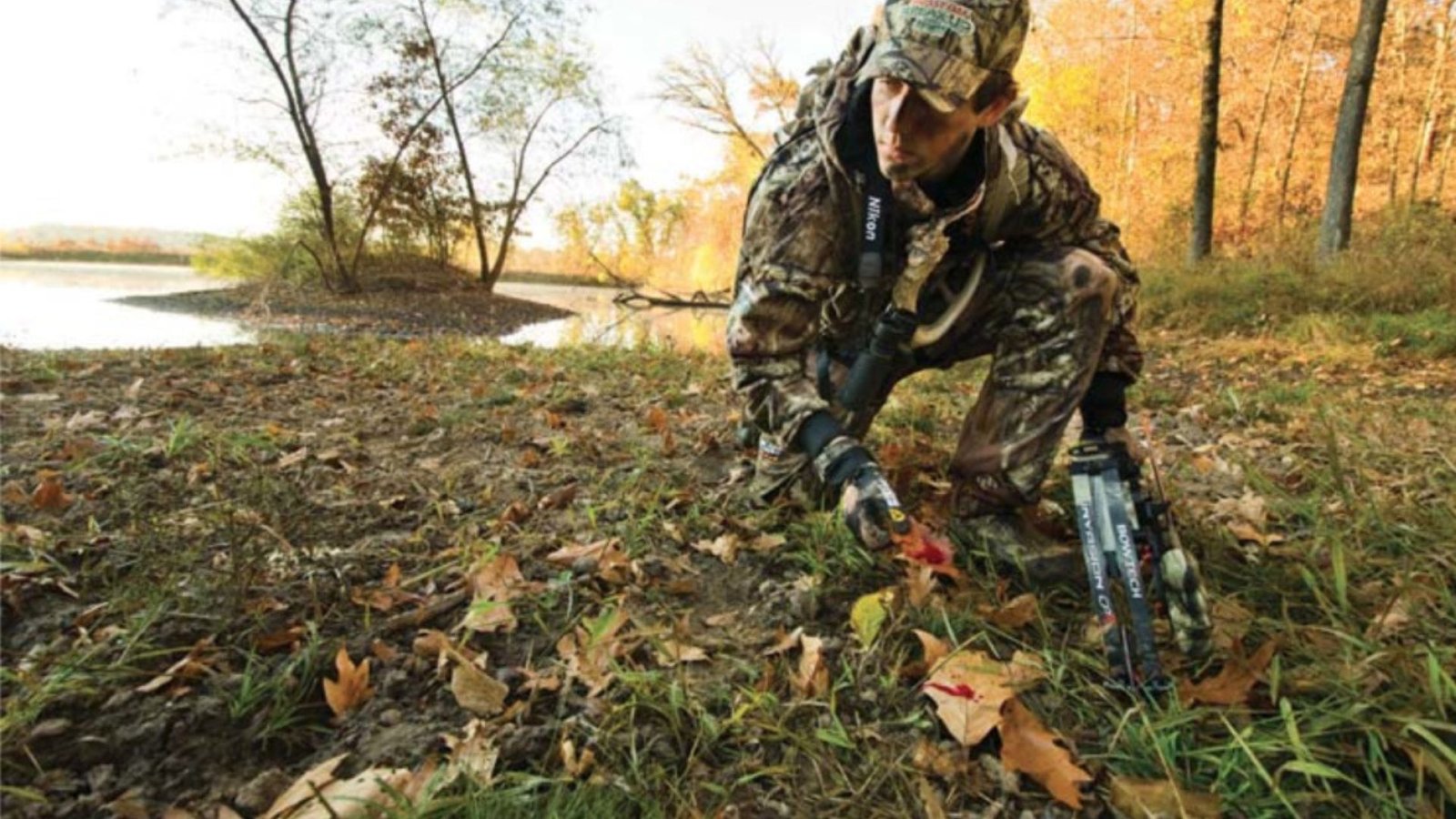Experience the Best of Deer Tracks Ranch
Deer Tracks Ranch offers an unparalleled outdoor adventure, where nature meets recreation. With a variety of activities ranging from wildlife viewing to guided tours, there’s something for everyone to enjoy. After a day of exploring, unwind and relax with your favorite games. For those looking to try their luck, you can also explore exciting games like real money online baccarat for a thrilling experience.
If you’re a hunter or just an outdoors enthusiast, knowing how to identify fresh deer tracks is an important skill. Fresh tracks tell you where the deer have recently traveled, which can help you track them effectively. This guide will walk you through the steps of identifying fresh deer tracks, so you can increase your chances of a successful hunt. By the end, you’ll be able to spot and interpret deer tracks with confidence.
What Are Fresh Deer Tracks?
To begin with, it’s important to understand what constitutes “fresh” deer tracks. In snowy conditions, they should appear deep, with little to no melting or distortion.
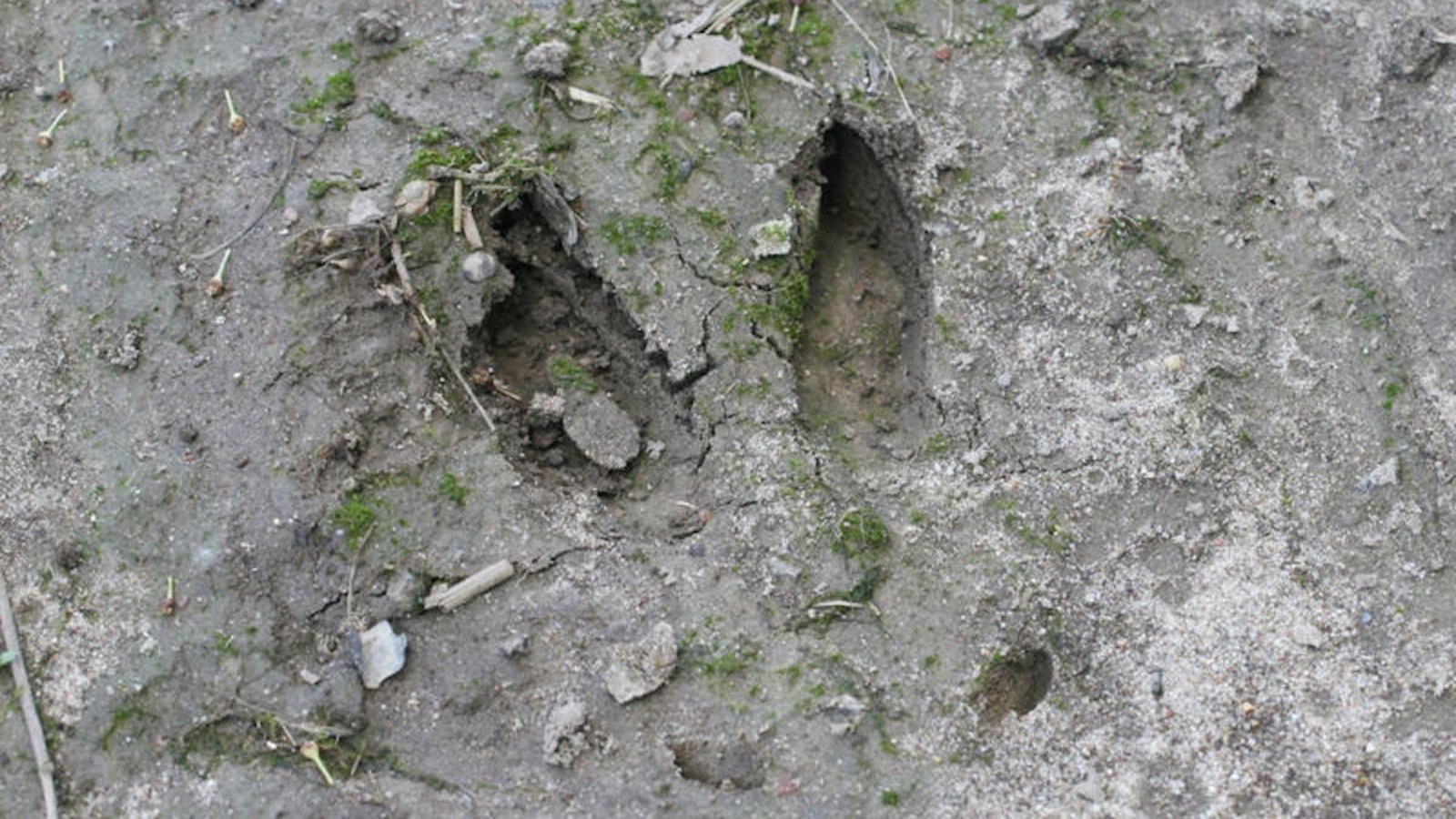
Look for Clear, Defined Hoof Shapes
When identifying fresh deer tracks, the shape of the hoof is one of the first things to look for. Deer hooves are typically heart-shaped or oval and about 2-3 inches wide. In soft snow, the track will show a clean imprint of the hoof, while in harder ground, the edges might be slightly more jagged. Pay attention to the sharpness of the tracks—the clearer the edge, the fresher the track.
Check for Undisturbed Snow
Fresh deer tracks are often found in snow that hasn’t been disturbed much. If the snow around the track still looks undisturbed, and the track itself is crisp, it’s a good indication that the track is fresh.
Look for Freshness Indicators in the Snow
Fresh tracks often leave some subtle signs in the snow that can help you identify them. For example, when deer move through fresh snow, they sometimes kick snow out of their way. This movement can leave behind subtle depressions or disturbances near the track, which signal that the track was made recently. In the case of deep snow, you may also notice that the track has a raised lip around it, which suggests that the snow has only recently compacted into the track’s shape.
Examine the Depth of the Tracks
The depth of the track also helps in identifying fresh deer tracks. Fresh tracks will often leave deep impressions in the snow, especially if the ground is soft.
Check for Other Signs of Recent Movement
Identifying fresh deer tracks isn’t just about the tracks themselves. It’s also about observing the surrounding area for signs of recent movement. For instance, fresh tracks might be found near feeding areas or along deer trails. If you see broken branches or disturbed vegetation nearby, it suggests that the deer has recently been in the area, and the tracks you’re following are fresh.
Assess the Direction of Travel
Once you’ve found fresh tracks, you can start following them, but it’s important to understand their direction. Identifying fresh deer tracks includes understanding where the deer might be going. Deer typically move along familiar routes, so observing the pattern of the tracks can give you clues about their intended path. Look for tracks that seem to lead toward food sources, water, or known bedding areas.
Look for Tracks in Pairs
Deer often leave tracks in pairs as they walk, with the front hooves making one set of tracks and the back hooves leaving another set behind. When identifying fresh deer tracks, check to see if there is a clear pattern of two parallel tracks. The front and back tracks may overlap slightly, but they should still be distinguishable. If the tracks are well-spaced and show clear signs of movement, they are likely fresh.
Pay Attention to the Weather Conditions
The weather plays a key role in identifying fresh deer tracks. After a fresh snowfall, tracks are often easier to follow because they’re more distinct. However, if the snow has begun to melt, tracks will lose their sharpness, making it more difficult to tell if they are fresh. Additionally, rain can cause tracks to become filled in or washed away. Ideal conditions for identifying fresh deer tracks are those where the snow is still crisp, and the weather hasn’t altered the tracks much.
Be Patient and Thorough
Lastly, identifying fresh deer tracks requires patience. Move slowly and carefully, re-checking the tracks as you go to make sure you’re on the right path. Sometimes, fresh tracks will lead you in unexpected directions, so being patient and thorough is key to staying on track.
Conclusion
By learning how to spot fresh tracks, look for clear hoof shapes, and interpret the surrounding conditions, you can improve your tracking abilities and increase your chances of success. Remember to be patient and pay attention to every detail as you follow the tracks—this is the key to successful tracking.



